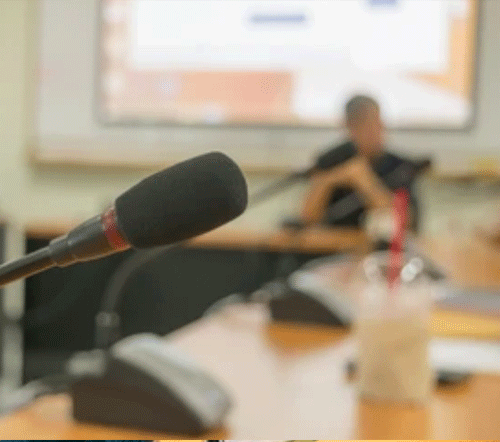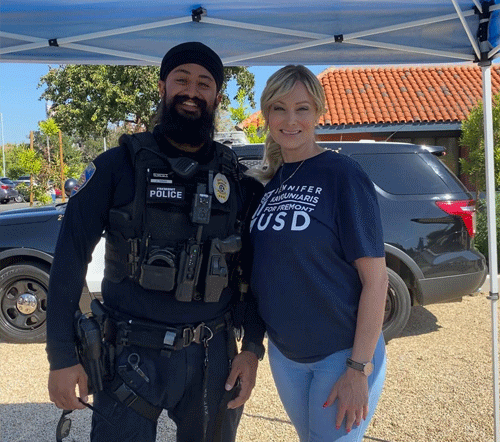
Jennifer Kavouniaris Supports SRO Program
Trustee Dianne Jones Wants to Defund SRO Program
School District 3 News
Learn Why Voting for School Board Candidates is Important and a Duty for All Parents and Guardians
Register to Vote
Stop the radical agenda targeting schools, parents, and children. Register to vote and vote for Jen K!
Days Until November 8th Election
Jennifer Kavouniaris is endorsed by Moms for Liberty – Santa Clara CA chapter, California Parents United, the California Parents Union, Fremont Parents, and more.
Please donate to Jen K’s campaign and be an advocate for parents’ rights. Jennifer’s campaign is a grassroots effort with passionate volunteers who care about the safety and education of our children.
We need parents to take back schools from bureaucrats and special interests. Please help Jennifer make a real difference for Fremont students, parents, guardians, and community members.
Contact us and engage in upcoming events to learn why Jennifer Kavouniaris is the right choice for all of the great students in the Fremont Unified School District.














“My opponent does not see the need to continue supporting the School Resource Officer program in our school district. I will continue supporting and funding the SRO program. Parents need to know that their children are safe when they are at school.” (Jennifer Kavouniaris)